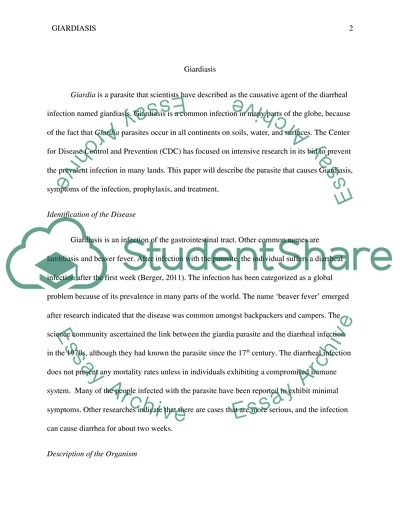Cite this document
(“Giardia Essay Example | Topics and Well Written Essays - 2000 words”, n.d.)
Retrieved from https://studentshare.org/biology/1488073-giardia
Retrieved from https://studentshare.org/biology/1488073-giardia
(Giardia Essay Example | Topics and Well Written Essays - 2000 Words)
https://studentshare.org/biology/1488073-giardia.
https://studentshare.org/biology/1488073-giardia.
“Giardia Essay Example | Topics and Well Written Essays - 2000 Words”, n.d. https://studentshare.org/biology/1488073-giardia.


